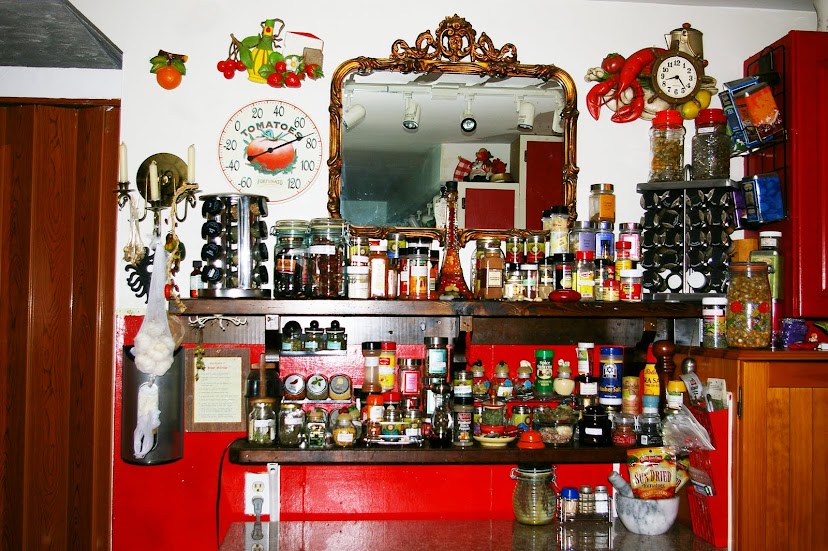The Science of Sugar
Did you know when you want a little taste of sweetness, you don't have rule out sugar just because you have diabetes? Too much sugar is not the cause of diabetes, and studies have shown that sugar, honey, molasses, and other caloric sweetening ingredients do not cause blood glucose to spike any higher or faster than equal amounts of starches.The American Diabetes Association states: "Scientific evidence has shown that the use of sucrose (table sugar) as part of the meal plan does not impair blood glucose control in individuals with type 1 or type 2 diabetes."
Sugar provides calories but next to no nutritive value. And too many calories can lead to weight gain. For that reason, you should eat sugar in moderation and count its calories and carbohydrates as part of your total daily carbohydrate quota.
Sugar, brown sugar, honey, molasses, corn syrup, and other sweeteners do more than just taste sweet -- they're great multitaskers that do the following:
- add structure, texture, and volume to cookies, cakes, meringues, and other foods.
- caramelize and brown to produce a golden crust.
- help baked goods to stay moist and fresh.
- thicken pies, puddings, jams, and sauces.
- help activate yeast.
- tenderize cookies, cakes, and other breadlike products.
Are Sugar Substitutes Safe?
It's natural to be skeptical of the unfamiliar. Since sugar substitutes were first introduced, they've been greeted with more than their share of apprehension. But despite the negative myths, sugar substitutes (known as nonnutritive sweeteners in the science world) are safe in the amounts consumed today.
Sucralose, saccharin, aspartame, acesulfame potassium, and neotame all have been approved by the U.S. Food and Drug Administration as food additives, provided the amounts consumed are below the Acceptable Daily Intake (the level a person can safely consume every day over a lifetime without risk). Studies observing how much children, people with diabetes, and adults in general consume show that even with regular consumption, people consume a small amount of the Acceptable Daily Intake. That's because these amounts are generous, and it is unlikely you would ever exceed this level. For example, you would have to eat or drink the following amounts of these low-calorie products per day to reach the maximum Acceptable Daily Intake for aspartame:
- twenty 12-ounce diet soft drinks
- forty-two 1/2 cup portions of sugar-free gelatin
- 97 blue packets of Equal
Thank God It's Friday!
Simone:)
Ask Me A Question?
Copyright@SimoneBonda
Disclaimer - The herbal information on this web site is intended for educational purposes only. It is not the intention of the editor to advise on health care. Please see a medical professional about any health concerns you have. Disclaimer - These statements have not been evaluated by the FDA. The information on this web site is not intended to prevent, diagnose, treat, or cure any disease.

No comments:
Post a Comment